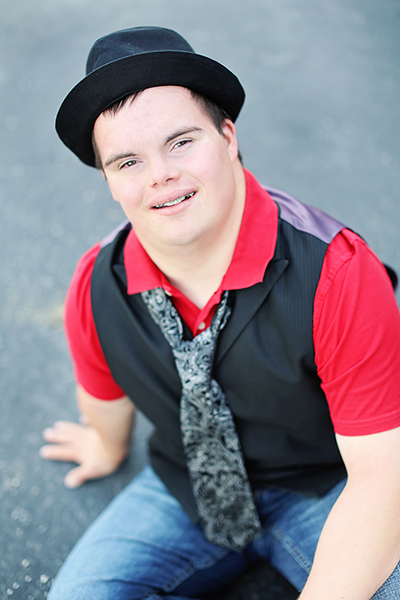Five-Part Radio Series Highlights Disability In Rural Utah

The CPD has highlighted many stories about disability in Utah. And over the years, we’ve become aware of how hard it is to bring small-town stories to the forefront, even though 16 of Utah’s 29 counties are considered rural. At a time of shrinking news budgets, it is hard for an organization to dispatch a reporter to a small town, hours from the office, to report on a story that affects a small number of people.
And yet so many people from all over rural Utah are having similar experiences: difficulty getting wheelchairs, transportation, access to medical care, employment, even using the Internet.
This year, we set out to tell their stories. The Center for Persons with Disabilities teamed up with the Disability Law Center and Utah Public Radio on a five-part series highlighting disability issues in rural Utah. In addition to interviewing officials from around the state, we also reached out to ordinary people dealing with disability every day.
“A good wheelchair is hard to find in rural Utah” tells the story of Mindy Mair, a woman who went through many delays in getting the wheelchair she needed for her daily life in Vernal, Utah. The story also features the efforts of people in the Utah Assistive Technology Program to keep Mindy mobile while she waited for the chair she needed to arrive.
In “Stroke treatment: Telehealth Helps, but it’s still a long journey,” Mike and Mary Kava tell their story of stroke and recovery in the small town of Castle Dale in Emery County, Utah. While telehealth services have brought some health care services closer to home, Mike still needed to go to facilities in Provo and Salt Lake City for the first month after he experienced a stroke. “That … was pretty scary,” Mary said. “We called our kids and said, we might have to sell our house and move in with you.”
The story also introduces advances in telemedicine and stroke diagnosis.
“A success story of employment in Rural Utah” tells the story of Max Johnson, a man with Down syndrome and anxiety from Tropic in Garfield County. His family and coworkers agree that for Max, living in a small town meant he was surrounded by people who knew his work ethic. We visited his workplace: the bookstore in Bryce Canyon National Park.
In a segment about transportation, Carol Scholes, the mother of children with significant disabilities in the small community of Independence in the Uintah Basin, talks about what it is like to go to medical appointments with specialists on the Wasatch Front. It involves lifting her adult daughter in and out of a van, carrying lots of medical equipment, and checking into a hotel. Connie Perhson of Lewiston also shares her experience of finding a way to get to dialysis appointments in Logan. Neither live where public transportation could help.
The story also touches on a voucher program that will help ease medical transportation needs in rural areas statewide.
Finally, Why can’t you do this at home? examines how the Internet does—and does not—address the needs of people with disabilities, outlining obstacles in bandwidth, web accessibility, affordability and availability for those who might otherwise be able to receive services via a web connection. It features the expertise of Cyndi Rowland, executive director of WebAIM, located in the CPD.
The five-part series is part of a larger, year-long project called Diagnosed, brought to Utah listeners by Utah Public Radio and Intermountain Health Care.
Links to the "Diagnosed" series, as well as other CPD stories in the news, on the CPD in the Media section of our website.

